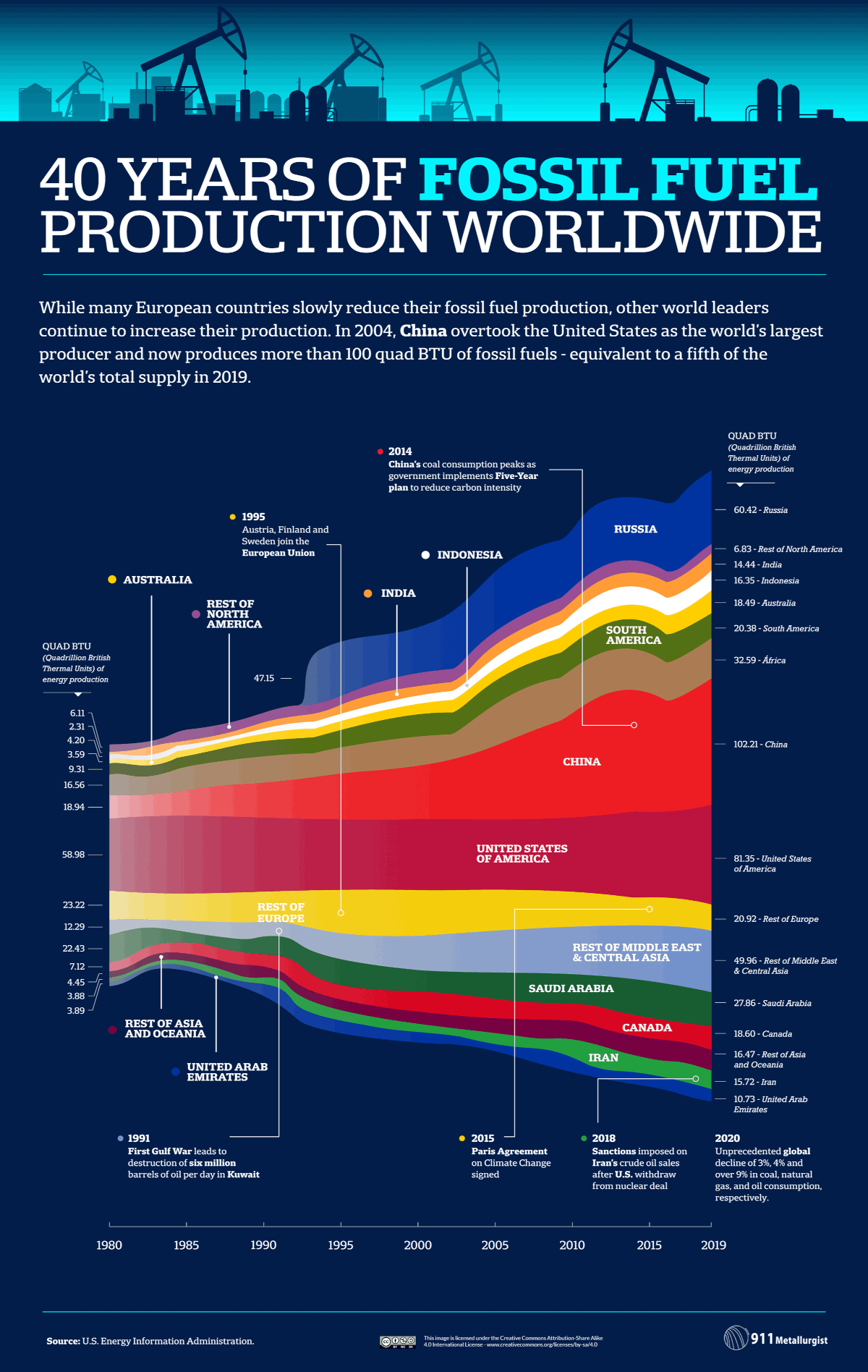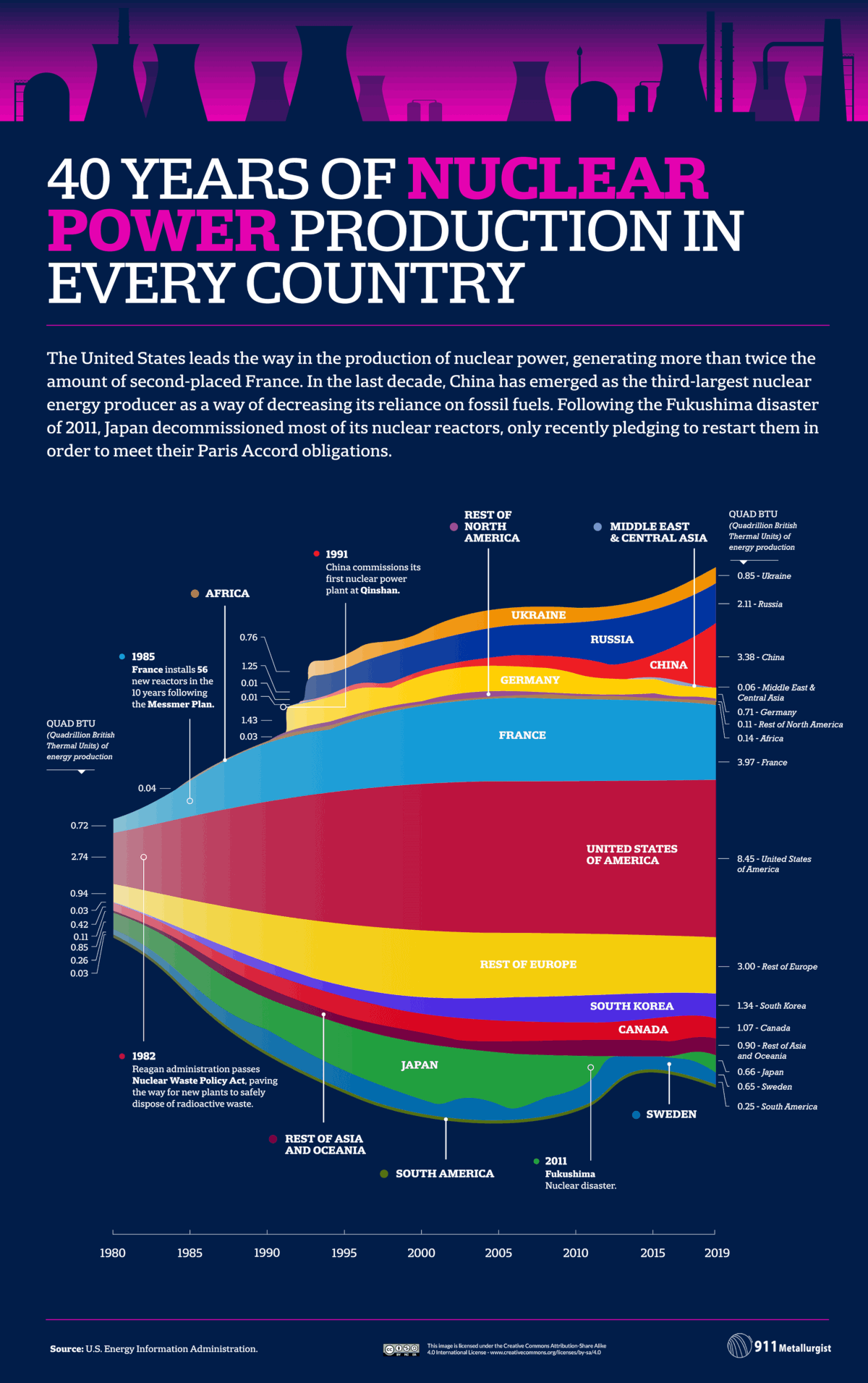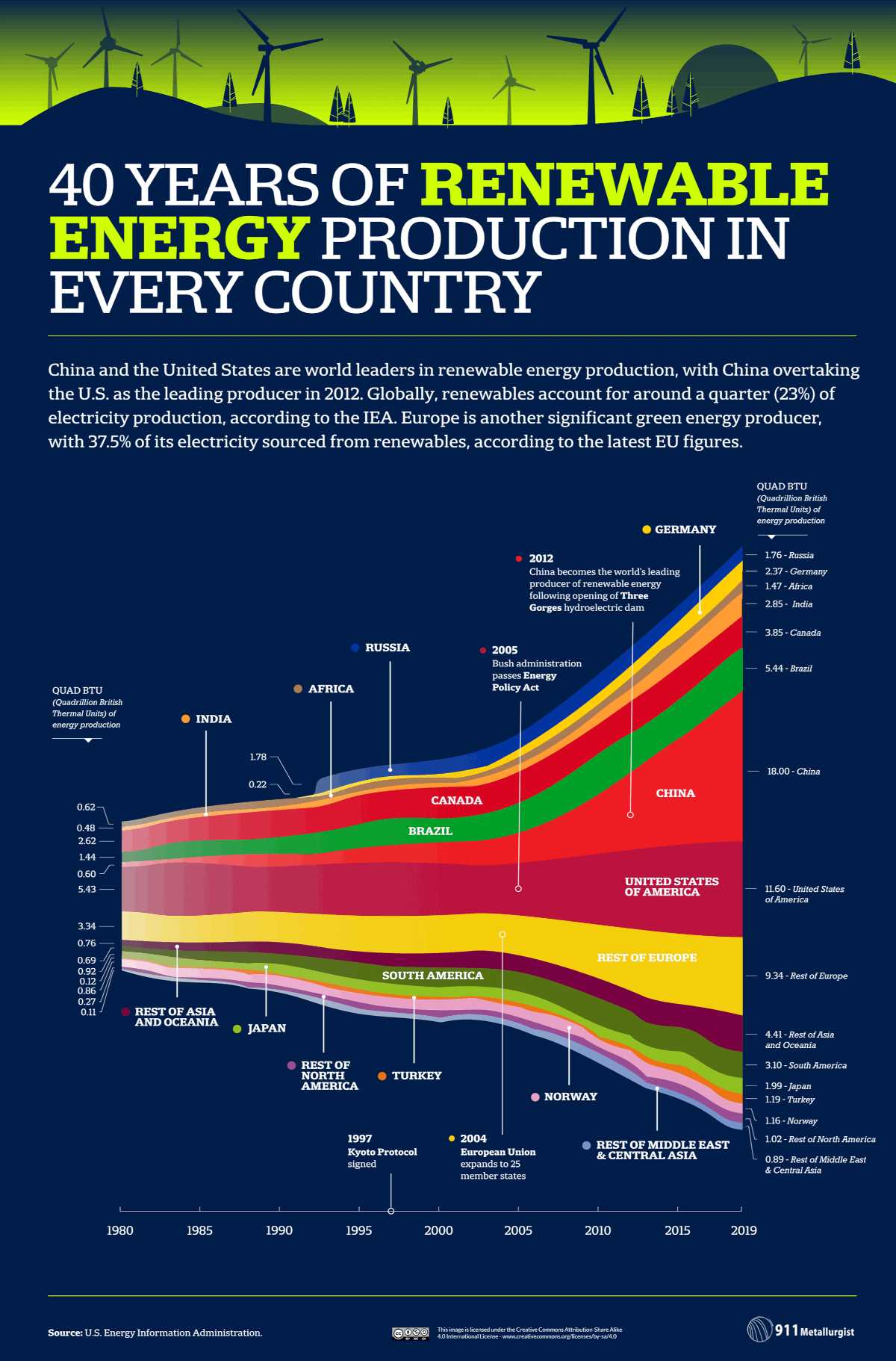Luis Eduardo Garrido couldn’t wait to test out his colleague’s newest creation. Garrido, a psychology and methodology researcher at Pontificia Universidad Católica Madre y Maestra in the Dominican Republic, drove two hours between his university’s campuses to try a virtual reality experience that was designed to treat obsessive-compulsive disorder and different types of phobias. But a couple of minutes after he put on the headset, he could tell something was wrong.
“I started feeling bad,” Garrido told The Daily Beast. He was experiencing an unsettling bout of dizziness and nausea. He tried to push through but ultimately had to abort the simulation almost as soon as he started. “Honestly, I don’t think I lasted five minutes trying out the application,” he said.
Garrido had contracted cybersickness, a form of motion sickness that can affect users of VR technology. It was so severe that he worried about his ability to drive home, and it took hours for him to recover from the five-minute simulation. Though motion sickness has afflicted humans for thousands of years, cybersickness is a much newer condition. While this means that many of its causes and symptoms are understood, other basic questions—like how common cybersickness is, and whether there are ways to fully prevent it—are only just starting to be studied.
After Garrido’s experience, a colleague told him that only around 2 percent of people feel cybersickness. But at a presentation for prospective students, Garrido watched as volunteers from the audience walked to the front of an auditorium to demo a VR headset—only to return shakily to their seats.
“I could see from afar that they were getting sweaty and kind of uncomfortable,” he recalled. “I said to myself, ‘Maybe I’m not the only one.’”
[…]
In order to make VR more accessible and affordable, companies are making devices smaller and running them on less powerful processors. But these changes introduce dizzying graphics—which inevitably causes more people to experience cybersickness.
At the same time, a growing body of research suggests cybersickness is vastly more pervasive than previously thought—perhaps afflicting more than half of all potential users.
[…]
Garrido and his team decided to run their own study, recruiting 92 people to try the same VR program that first made him sick.
[…]
In sharp contrast to the 2 percent estimate Garrido had been told, the results from his study, published earlier this year, indicated that more than 65 percent of people experienced symptoms of cybersickness, and more than one-third of these people experienced severe symptoms. Twenty-two participants decided to stop the simulation before the 10 minutes were up.
[…]
Cybersickness doesn’t just arise from the controls of a VR experience. It can be built into the fabric of hardware (individual headsets) and software (experiences, apps, and simulations). Kyle Ringgenberg, an AR and VR developer and the co-founder of software company Dimension X, said that there are two major sensory conflicts that lead to cybersickness in VR. The first is the same brain-body mismatch that leads to car and seasickness, but the second is a different physiological response—and potentially even harder to fix. When we look out at the world in front of us, our eyes automatically focus on an object based on its perceived distance from us. A VR headset projects images a set distance away from a viewer, but when a virtual object appears close, it may seem blurry since the person’s eyes are trying to focus on it as if it truly were.
[…]



